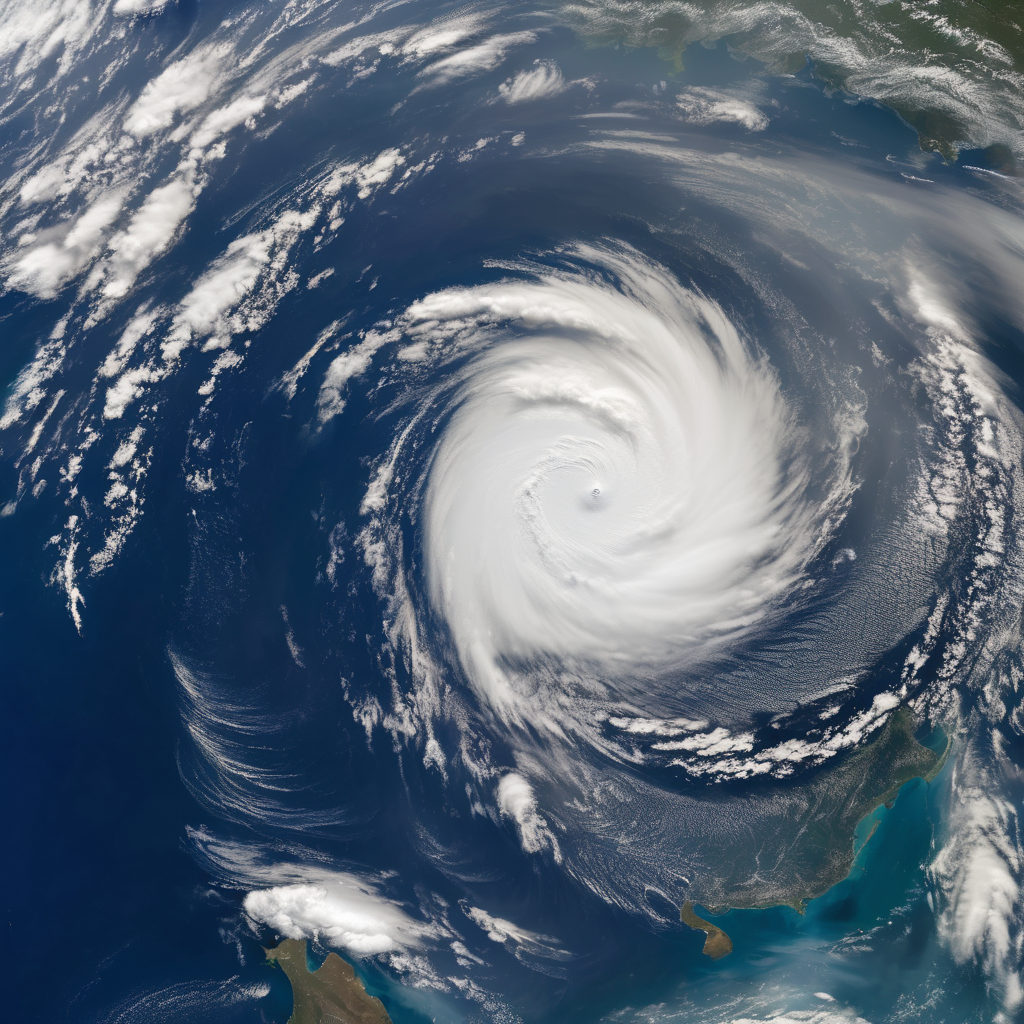Hong Kong is bracing itself as Super Typhoon Ragasa, the most powerful tropical storm of 2025, nears with winds reaching 220 km/h (137 mph). Anticipating significant disruptions, the authorities have ordered the closure of schools and select businesses, while suspending most passenger flights until Thursday morning. The Hong Kong Observatory is planning to raise the typhoon signal to level 8, its third-highest alert, prompting the shutdown of most business and transport operations, as approximately 700 flights are expected to face delays.
The storm is advancing towards Guangdong province in China, having already caused destruction in the northern Philippines. In response, President Ferdinand Marcos Jr. activated the country’s disaster response protocols. In Hong Kong, severe rain and powerful hurricane-force winds are anticipated, potentially causing sea surges similar to those inflicted by Typhoons Hato in 2017 and Mangkhut in 2018, both remembered for their extensive damage.
Residents are warned of a potential water level rise of up to two meters along coastal areas, with the possibility of reaching four to five meters in certain spots. In response, authorities have distributed sandbags to residents in low-lying regions, and citizens have hurried to stock up on necessary supplies, resulting in empty supermarket shelves and a temporary tripling in vegetable prices.
Despite the looming threat, Hong Kong’s Stock Exchange has decided to remain operational, a move reflecting a policy update introduced last year to maintain trading functions even amid severe weather conditions.
The looming arrival of the typhoon has also prompted Macau to close schools and initiate evacuations, while in Shenzhen, over 800 emergency shelters are at the ready as a precautionary measure. In Taiwan, more than 6,000 residents from vulnerable southern and eastern areas have been evacuated to safety.
This situation highlights a global trend of increased exposure to severe weather incidents, underscoring the necessity of vigilance and preparedness in protecting communities. As Hong Kong and neighboring regions prepare for Ragasa’s impact, community resilience and prompt measures will play a crucial role in reducing the storm’s potentially devastating effects. These efforts underscore the region’s dedication to safety and readiness in the face of natural disasters.
